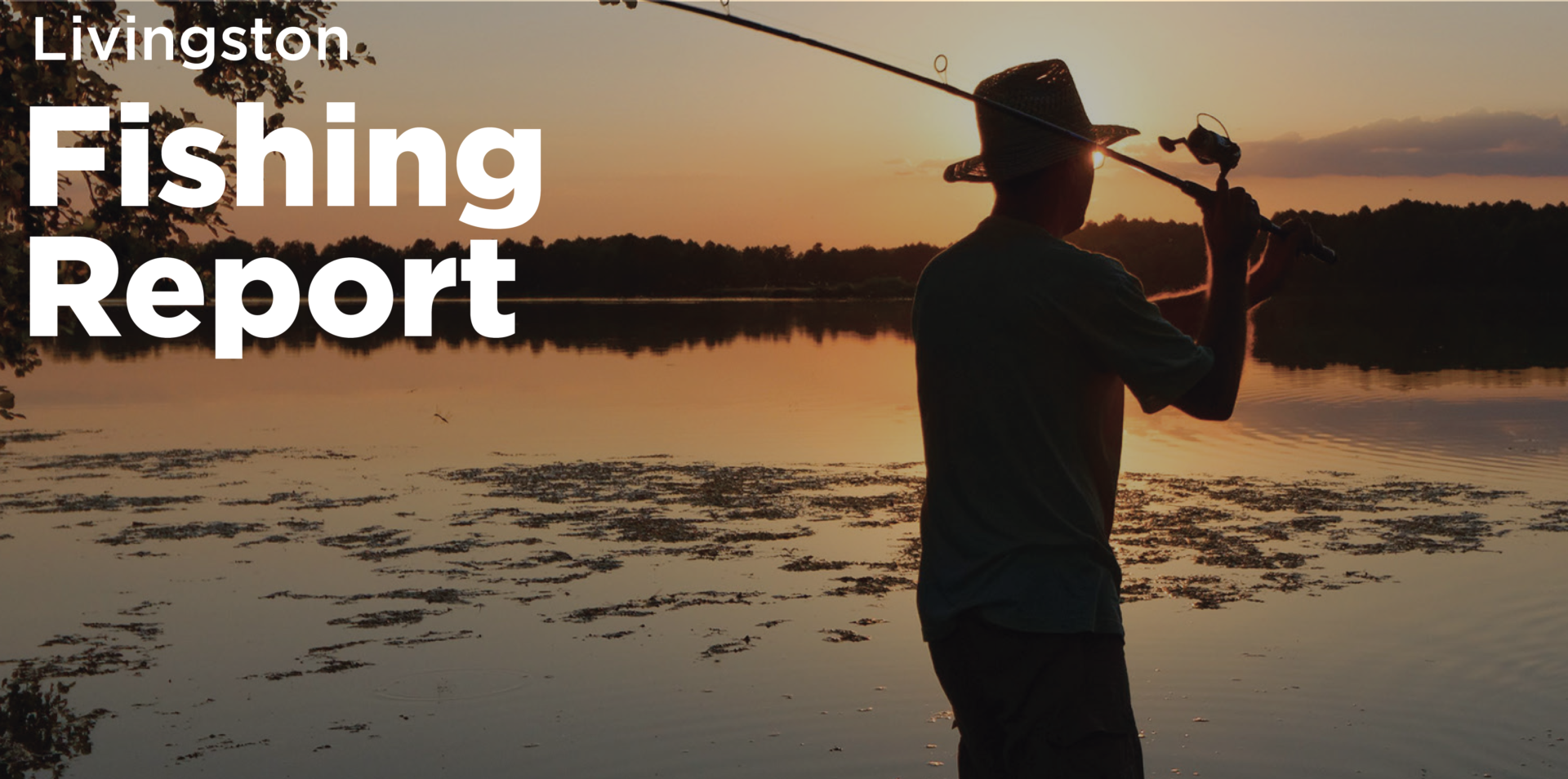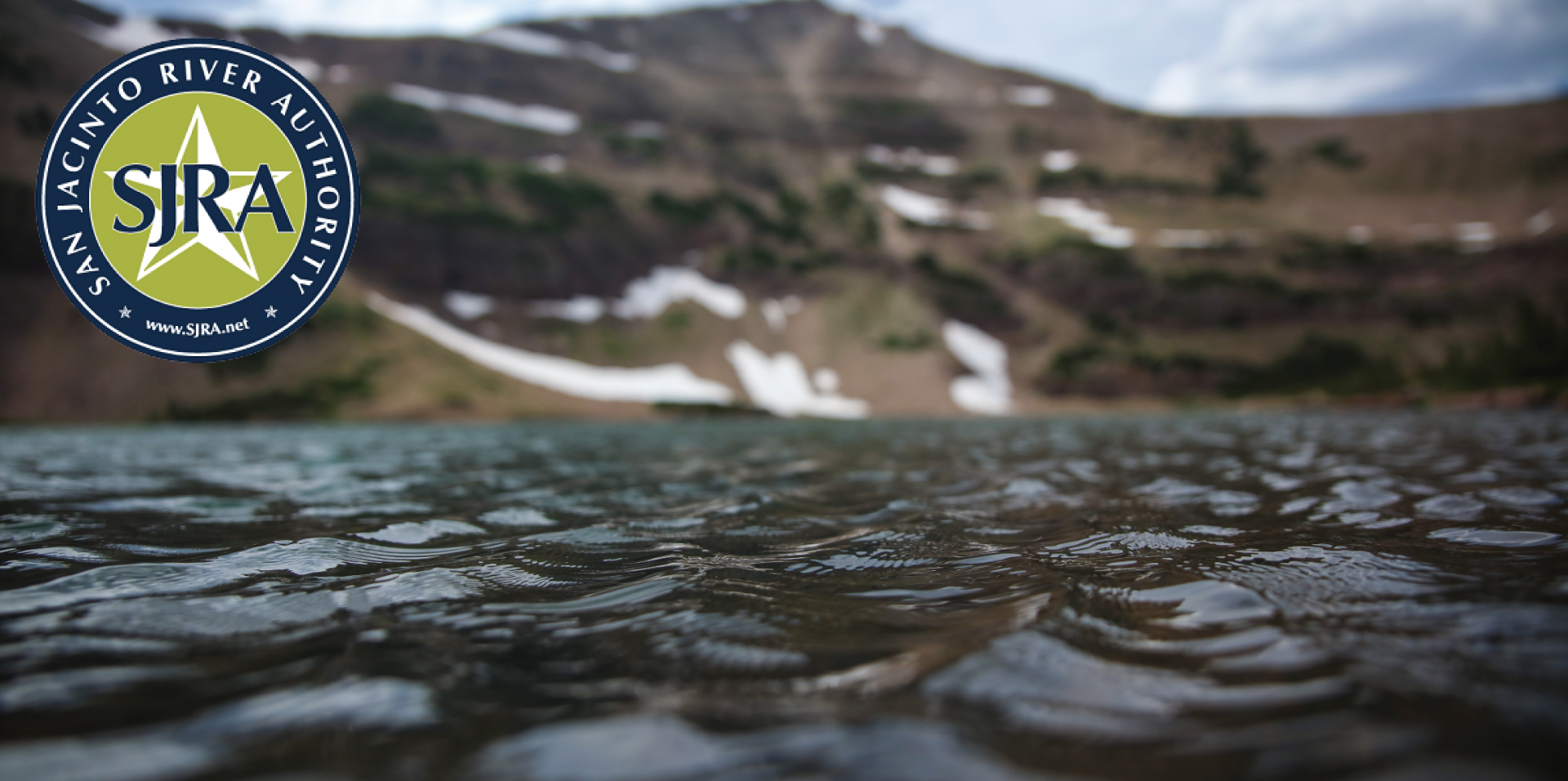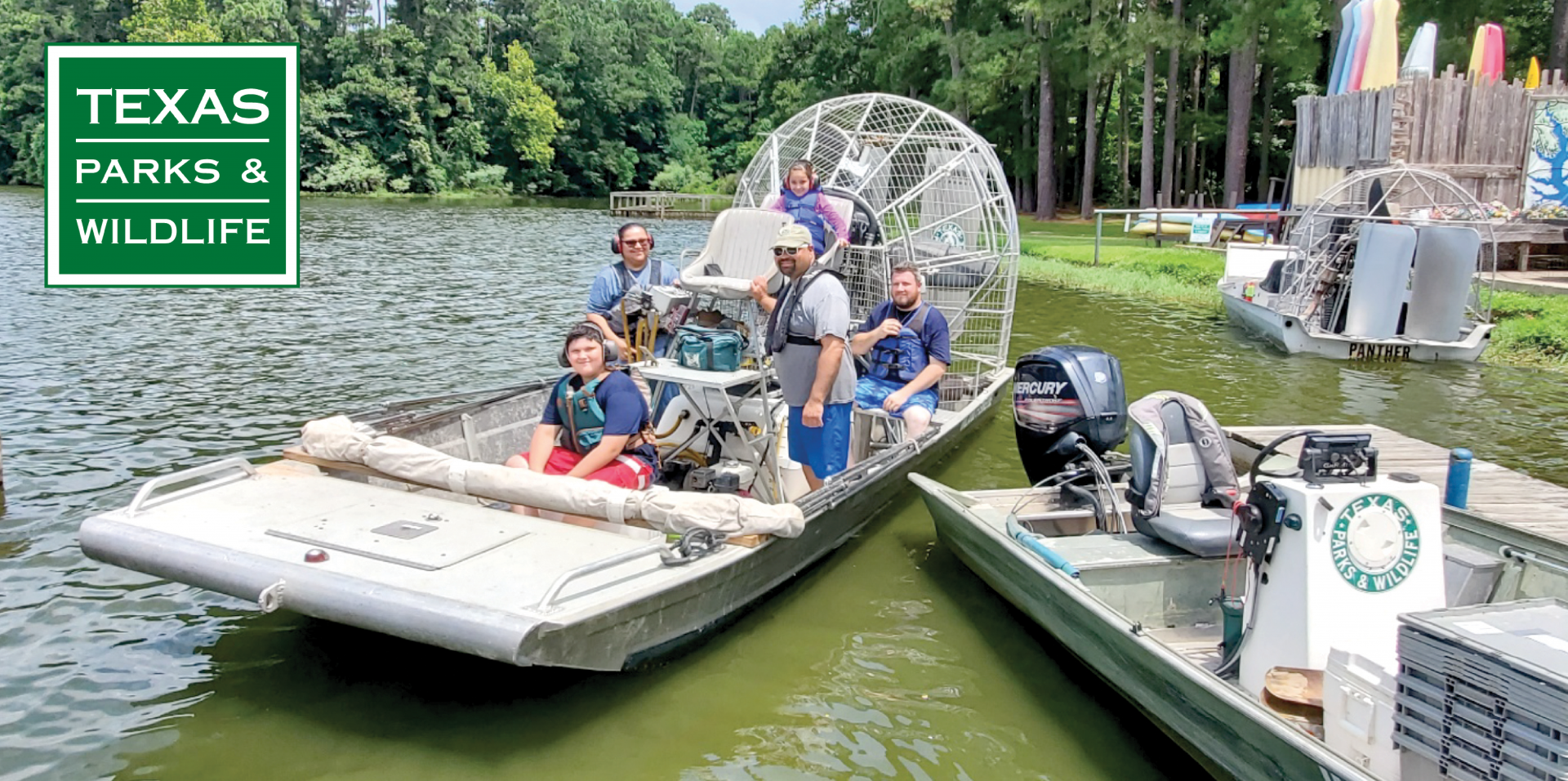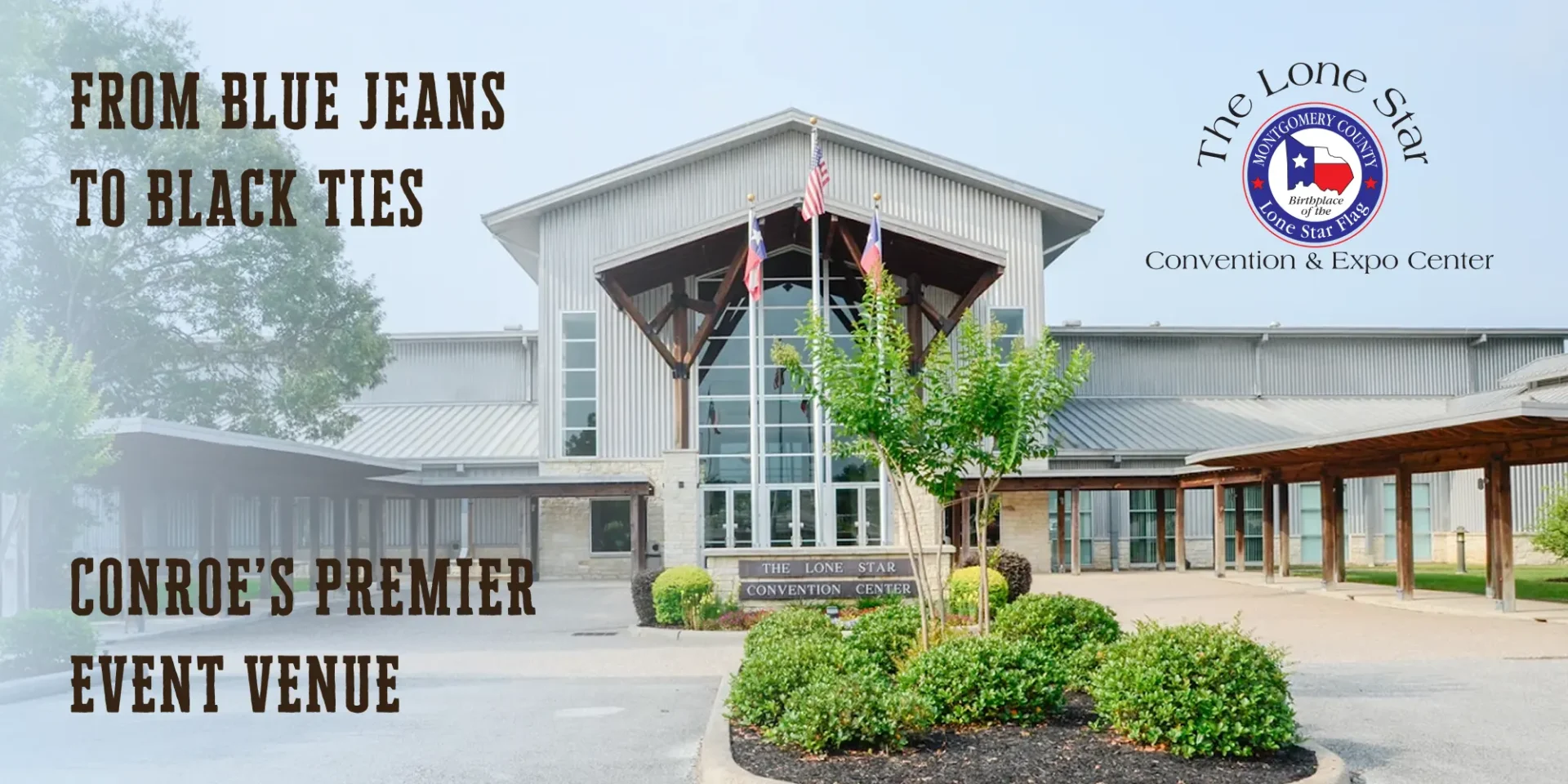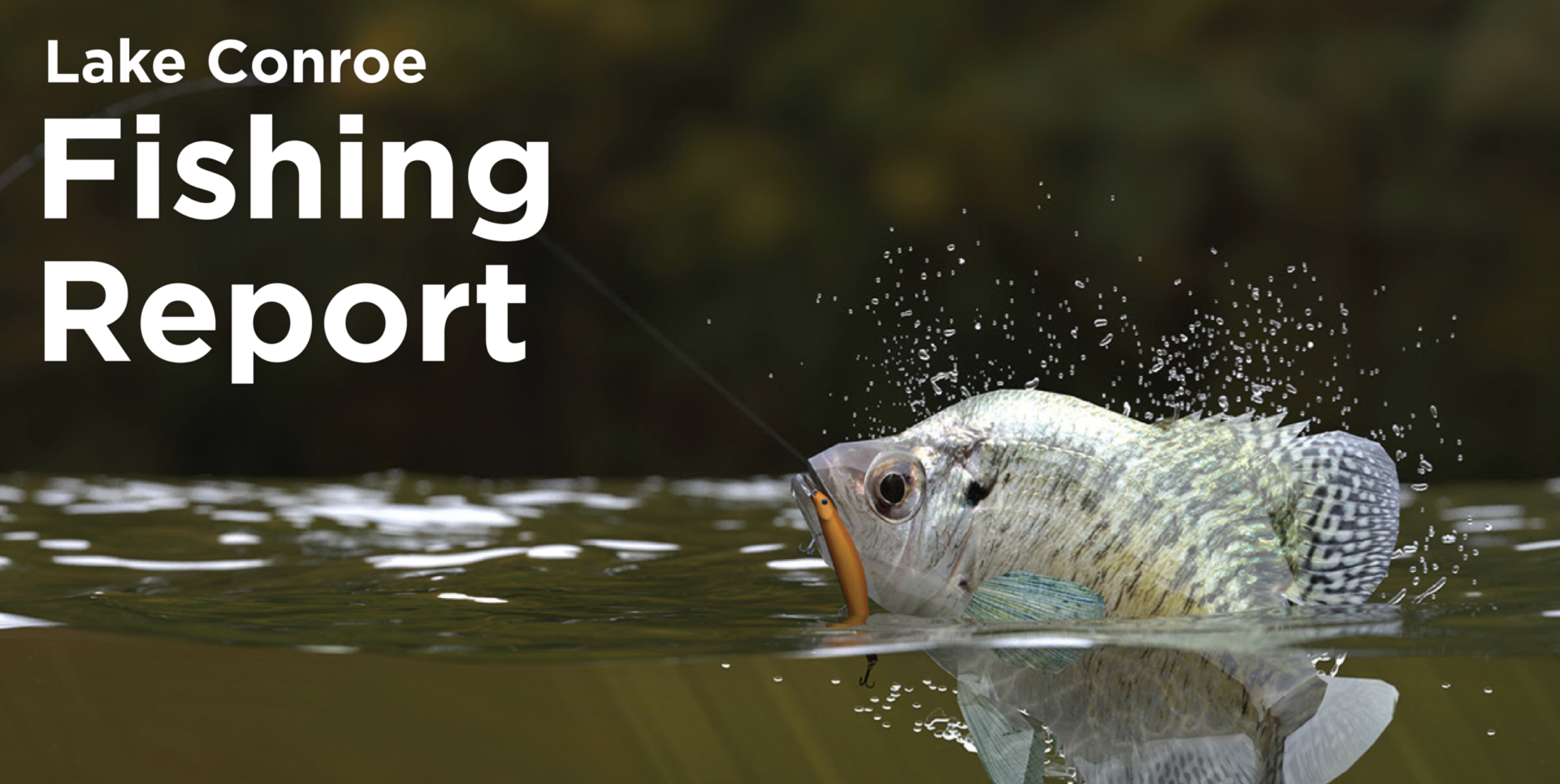 Okay, okay, so maybe not the jungle, but Lake Conroe has definitely seen an uptick in the amount of native vegetation growing along the shorelines and beyond over the past couple of years. Part of this is due to the Texas Parks & Wildlife Department (TPWD) and the Lake Conroe Division of the San Jacinto River Authority’s (SJRA) efforts to minimize the presence of hydrilla and other invasive plant species. Once the non-natives are controlled, it allows the other part of the equation to take over – native aquatic plant restoration/establishment. Along with the Seven Coves Bass Club and other volunteer groups, TPWD and SJRA have planted thousands of native aquatic plants in the upper reaches of Lake Conroe over the past 25 years.
Okay, okay, so maybe not the jungle, but Lake Conroe has definitely seen an uptick in the amount of native vegetation growing along the shorelines and beyond over the past couple of years. Part of this is due to the Texas Parks & Wildlife Department (TPWD) and the Lake Conroe Division of the San Jacinto River Authority’s (SJRA) efforts to minimize the presence of hydrilla and other invasive plant species. Once the non-natives are controlled, it allows the other part of the equation to take over – native aquatic plant restoration/establishment. Along with the Seven Coves Bass Club and other volunteer groups, TPWD and SJRA have planted thousands of native aquatic plants in the upper reaches of Lake Conroe over the past 25 years.
The first planting day occurred in the mid-1990s. Since then, we’ve learned a lot. Like what an “ideal” ratio of grass carp to surface acres looks like, how to best protect plants to create founder colonies – those old wire cages you see scattered around, which plants are “grass carp-proof,” and where/how to plant different species to give them the best chance of survival. Because several of you are probably concerned about that second learning curve item, TPWD/SJRA clean-up days are being scheduled to remove cages that are no longer in use. (If you’re interested in helping, contact the College Station – Houston Inland Fisheries district office to be added to the volunteer contact list. Our contact info is listed at the end of this article.)
The most recent efforts to expand the native plant community in Lake Conroe posed one particular challenge we hadn’t experienced before – finding large stretches of shoreline devoid of native aquatic plant species. Even locations that had been scouted earlier in the year now have water willow, coontail, spatterdock, American pondweed, or one of several other native plants popping up. Luckily, we had brought a few species along that weren’t seen in the area, so the diversity of plant life was still enhanced.
Between volunteers and a handful of TPWD and SJRA employees, thirty people participated in the planting event on August 3rd. Within a couple of hours, we had planted 345 plant units in the arm north of Stow-A-Way Marina. Each unit, or potted plant, contained at least one but sometimes two or three individual plants. Species that were planted include:
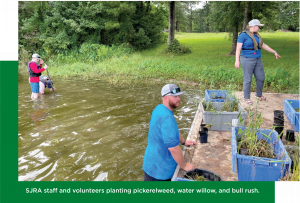
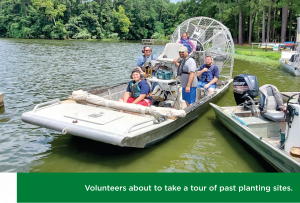
Vallisneria (aka, eel grass or wild celery), American pondweed, pickerelweed, white water lily, bull rush, and water willow.
Moving forward, the hope is that with continued restoration efforts and integrated pest management practices – targeted herbicide applications and minimal biological controls – native plants will continue to take hold and eventually outcompete any invasive plants that are either currently present or that might be introduced later. This would allow more diverse habitat for insects, forage fish, and juvenile sportfish to thrive in, continuing to support Lake Conroe’s big bass legacy.
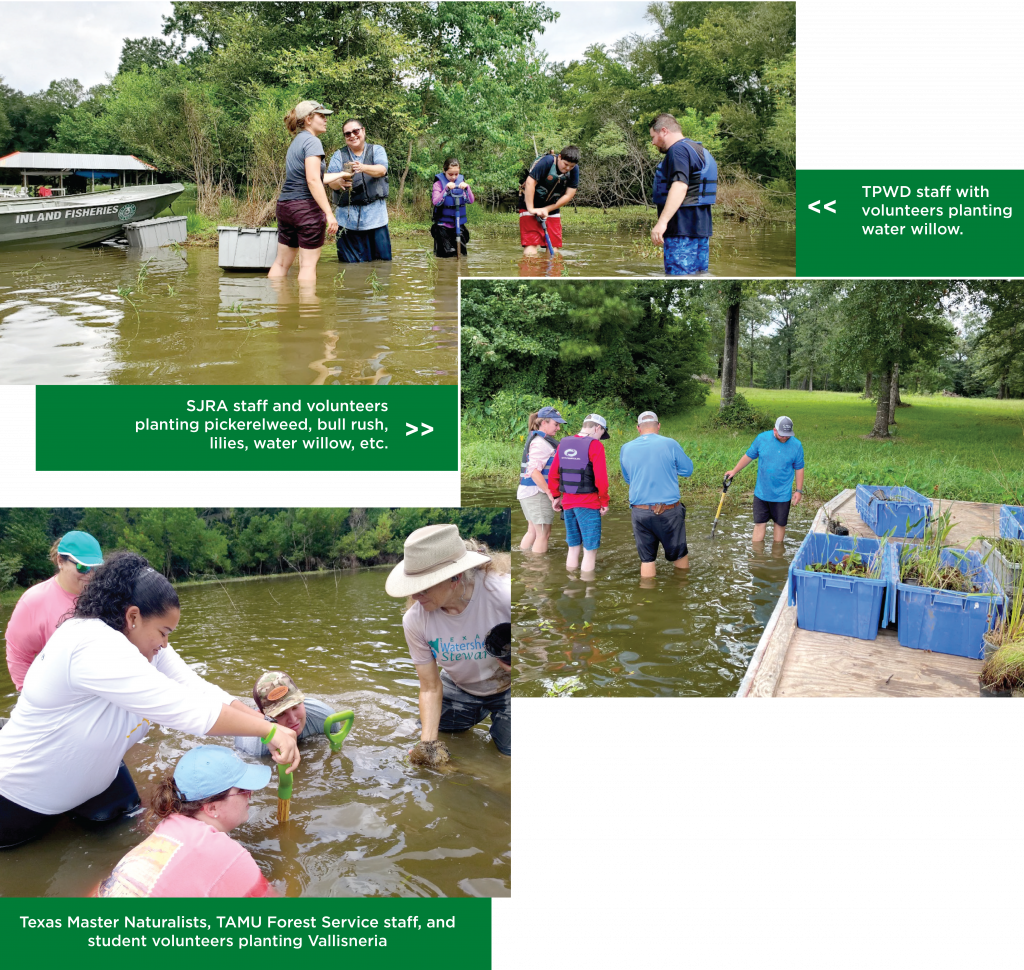 We would like to give a HUGE shout out and thank you to: Stow-A-Way for allowing us to use their facilities to stage the event, to SJRA and Seven Coves Bass Club for their participation and invaluable partnership, our local Texas Master Naturalists, Texas A&M Forest Service staff, Texas A&M University (WHOOP!) and Sam Houston State University students, the home school family that drove in all the way from San Antonio, and other volunteers that helped out with the event. Work like this goes so much faster and is so much more fun with all of you involved!
We would like to give a HUGE shout out and thank you to: Stow-A-Way for allowing us to use their facilities to stage the event, to SJRA and Seven Coves Bass Club for their participation and invaluable partnership, our local Texas Master Naturalists, Texas A&M Forest Service staff, Texas A&M University (WHOOP!) and Sam Houston State University students, the home school family that drove in all the way from San Antonio, and other volunteers that helped out with the event. Work like this goes so much faster and is so much more fun with all of you involved!
To be added to the volunteer call list for any Lake Conroe clean-up days, contact me at
[email protected] or
979-272-1430 ext. 221.
For more information on both native and exotic plants, visit www.aquaplant.tamu.edu.

